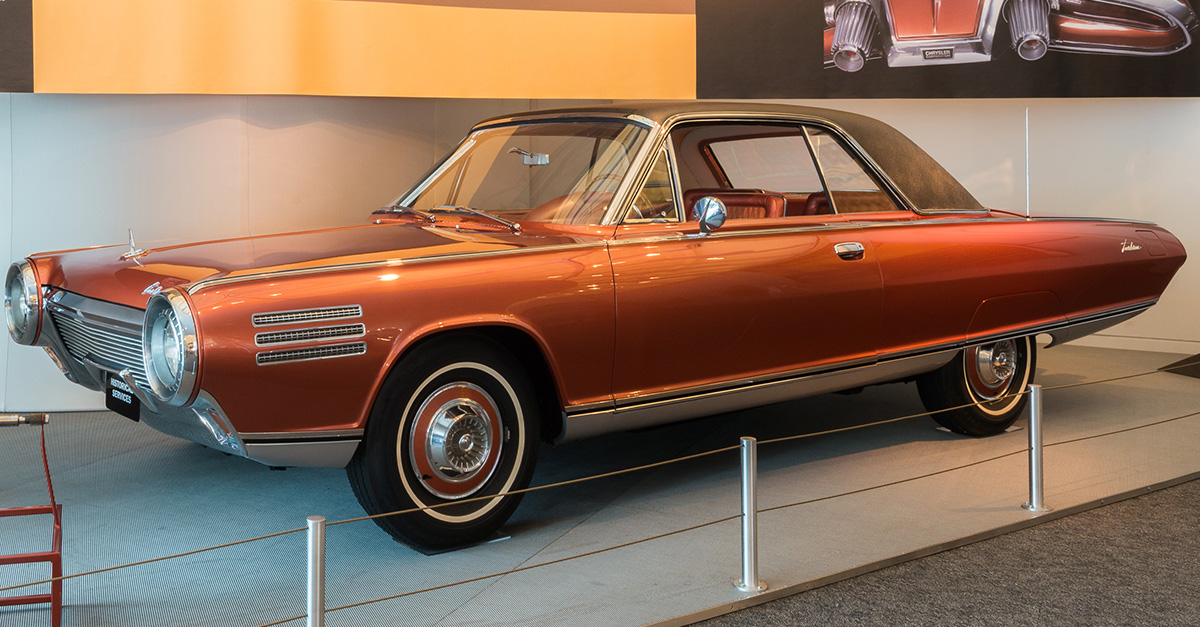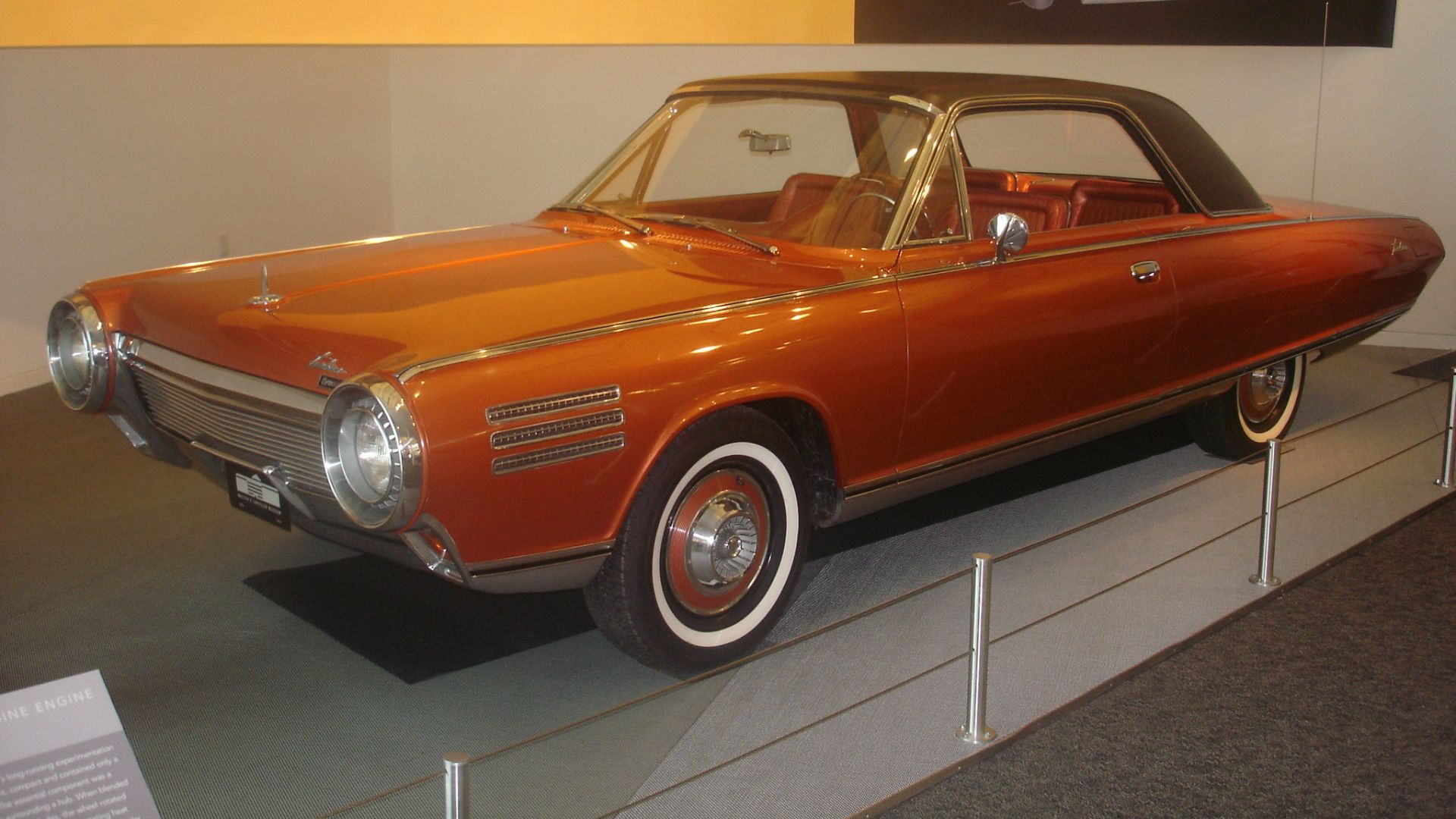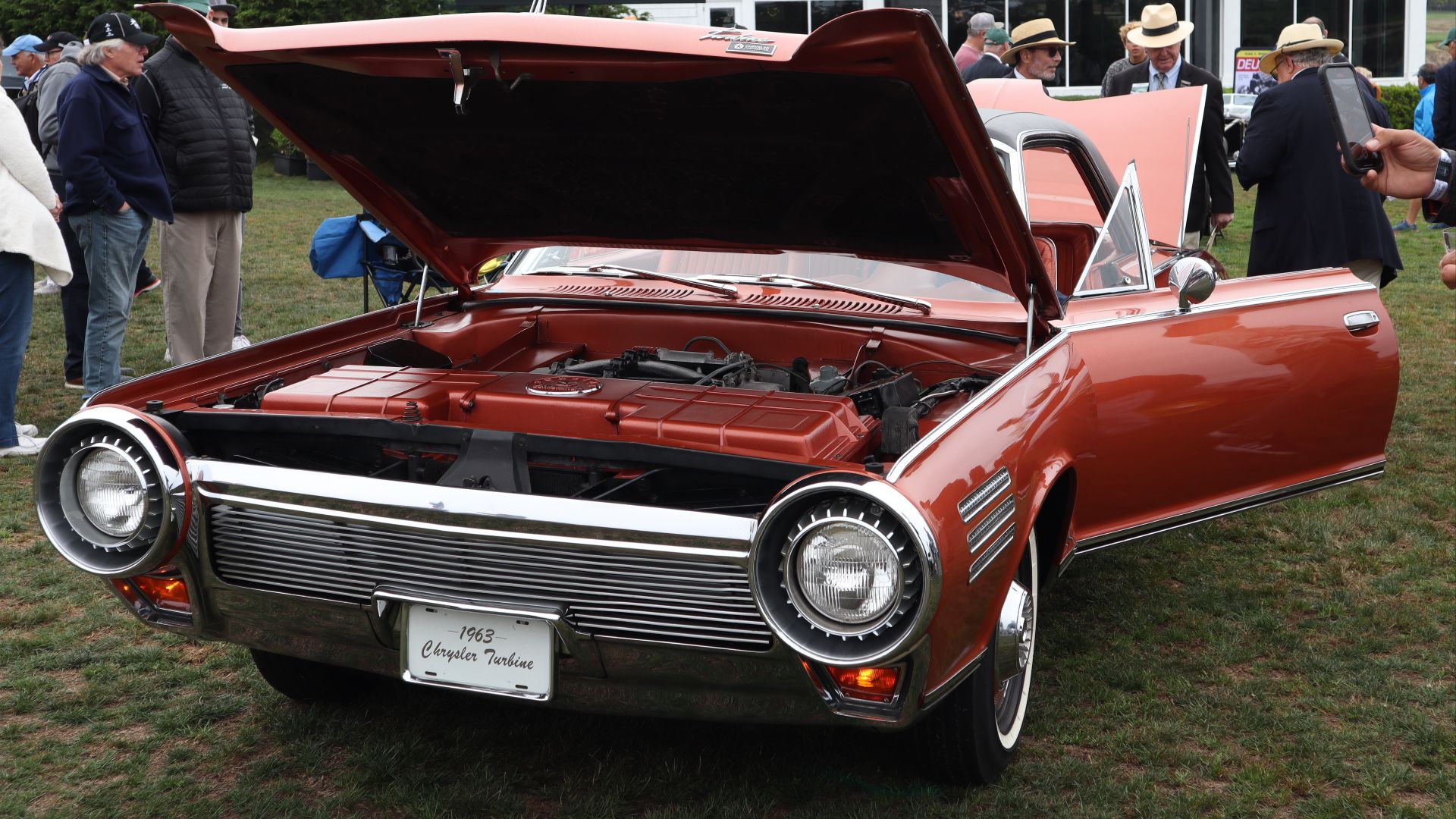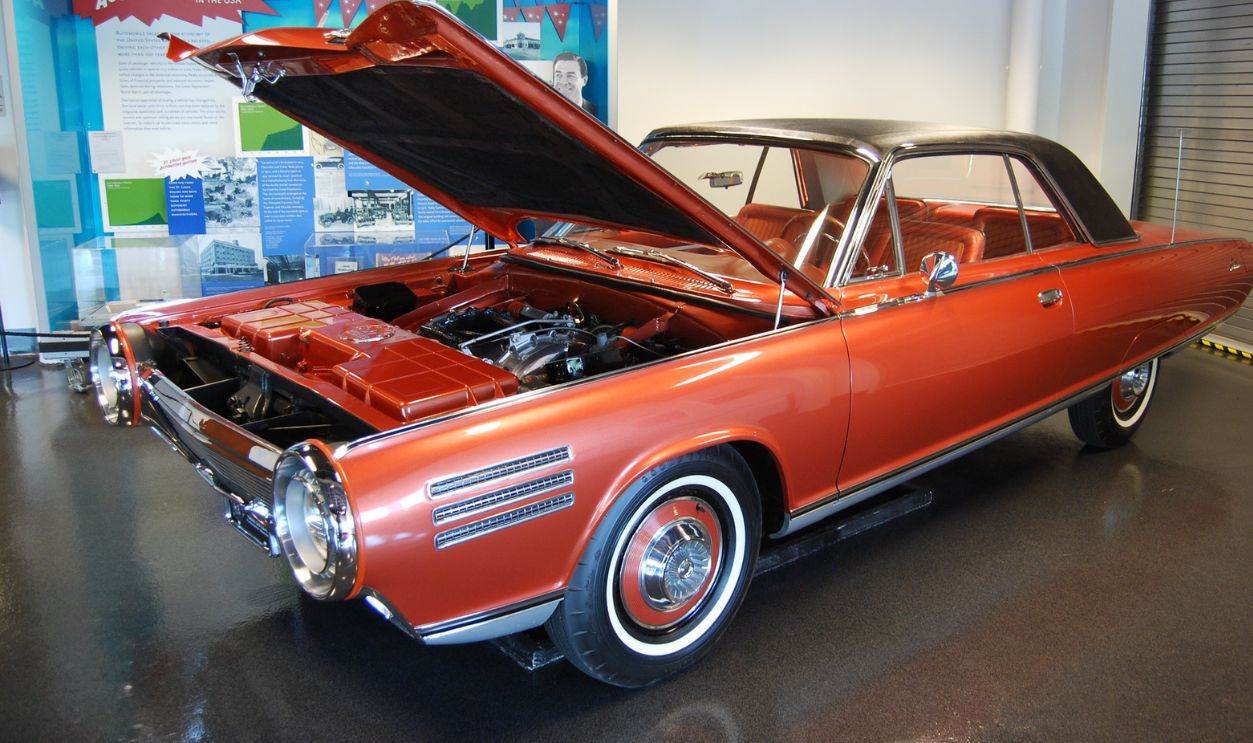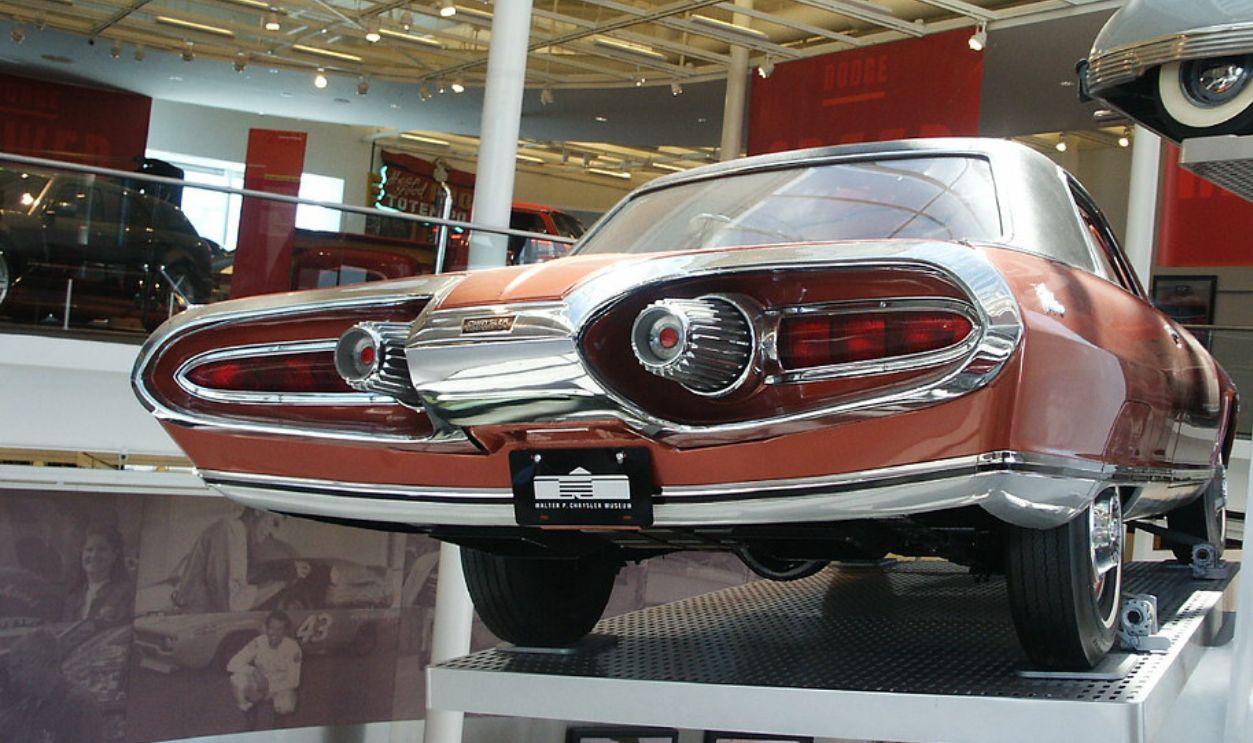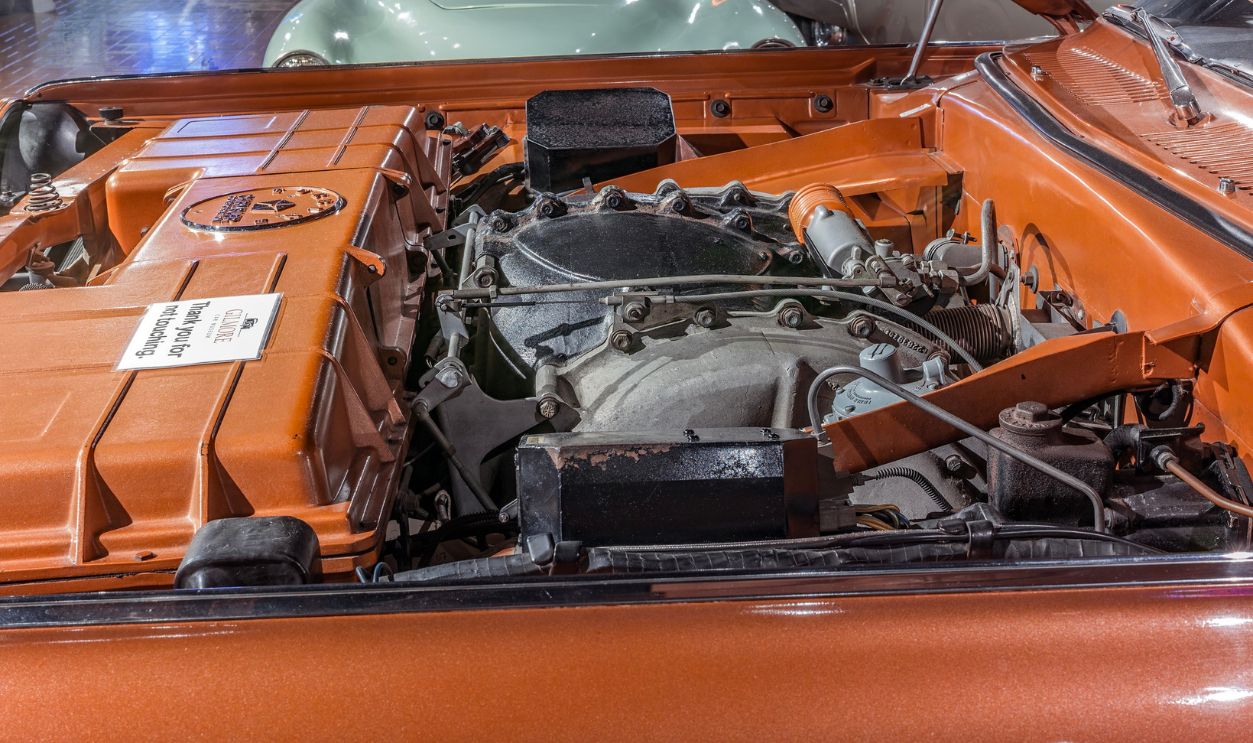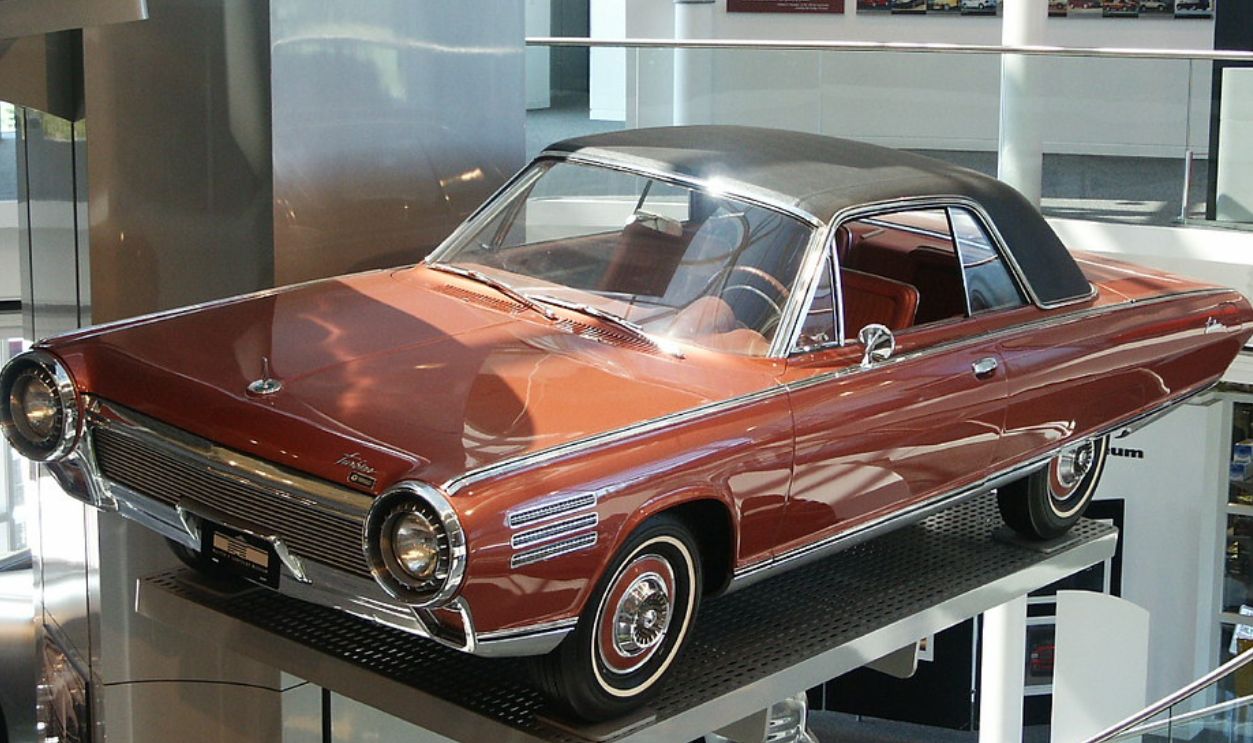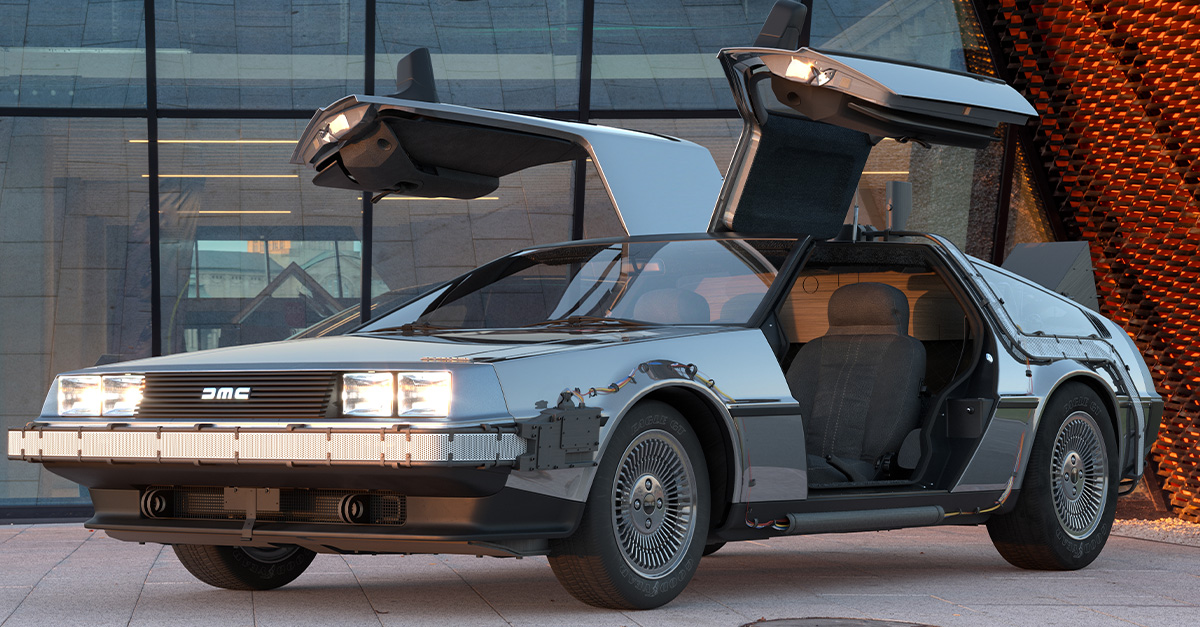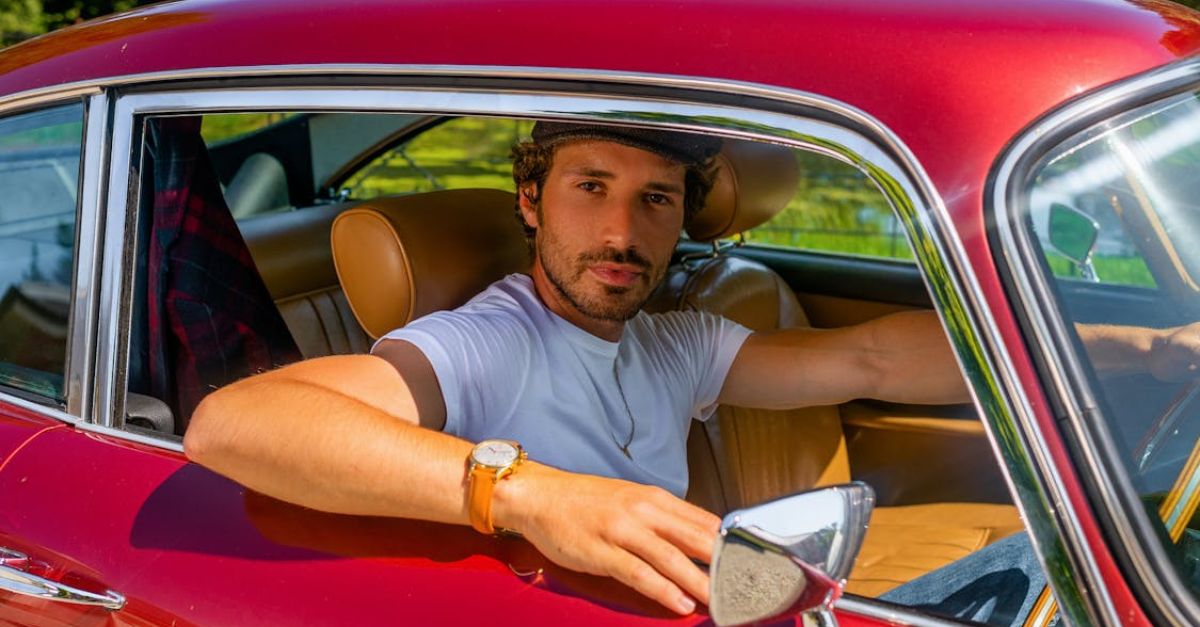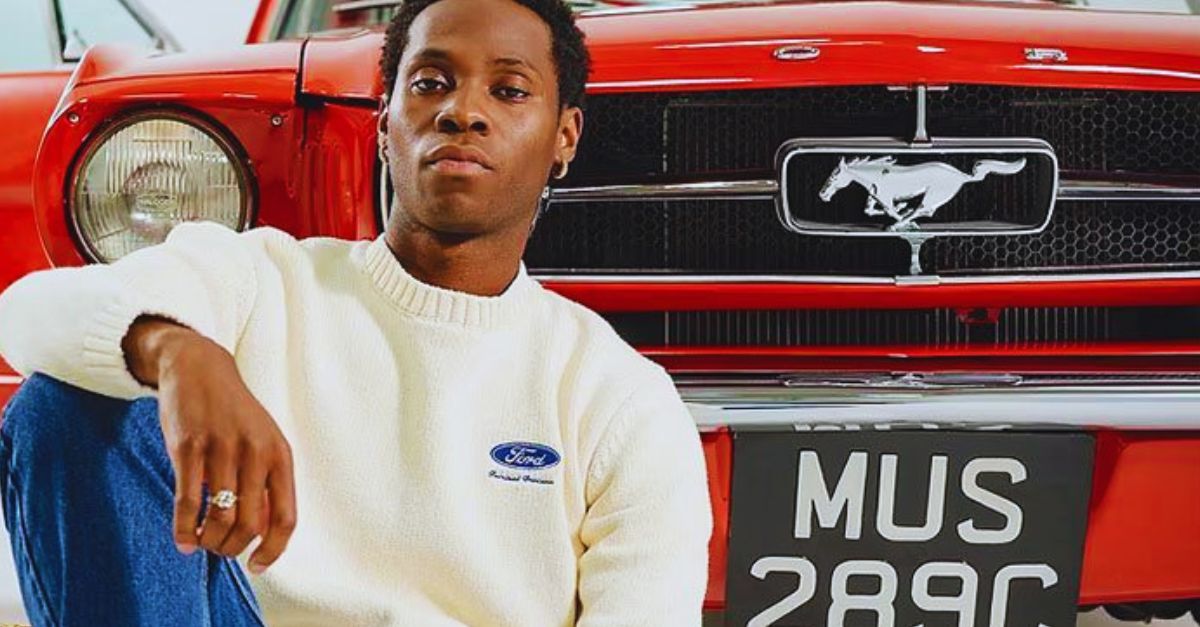A Car Decades Ahead of Earthly Technology
Back in the mid-1960s, Chrysler rolled out a machine so futuristic it felt less like a car and more like a secret spacecraft wearing a license plate. The Chrysler Turbine Car, powered by a real jet-style turbine engine, brought aerospace thinking directly into American driveways. With NASA racing toward the moon at the same time, it’s no surprise that several of the materials and engineering tricks developed for spaceflight quietly found their way into Chrysler’s experimental powerplant. For a brief moment, ordinary families got to experience a car that sounded like a jet, burned almost anything, and hinted at a future that never quite arrived.
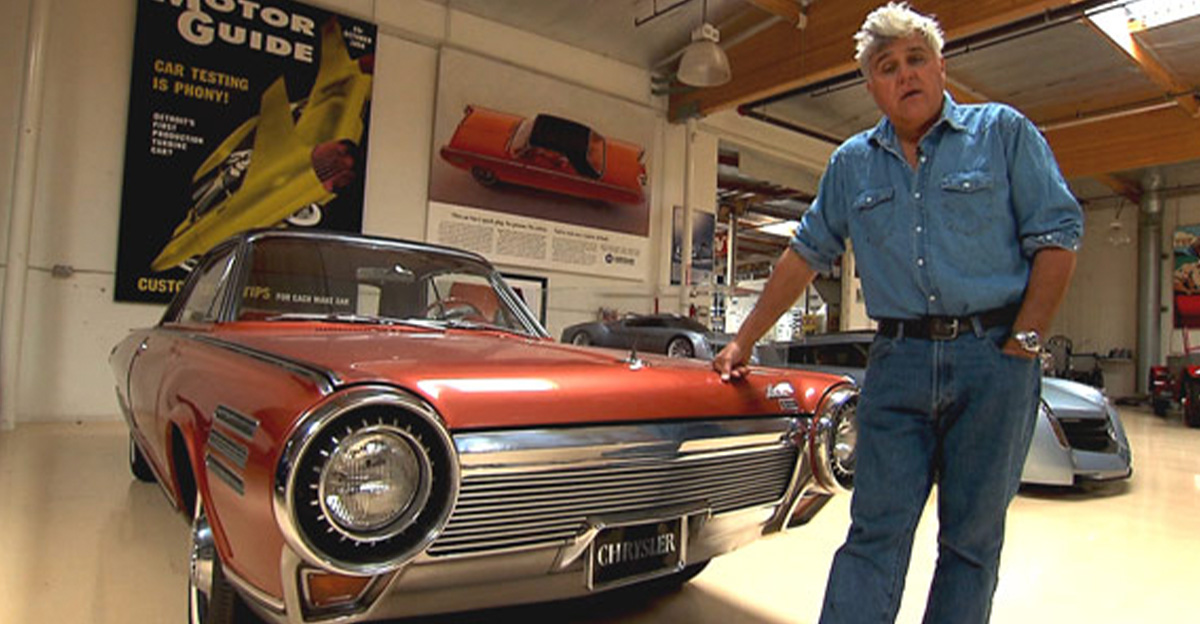
A Jet Engine Hiding Under The Hood
Instead of pistons slamming away inside a metal block, the Turbine Car relied on a single-stage gas turbine spinning at blistering RPM. The process—pulling in air, compressing it, igniting it, and blowing it over turbine blades—was nearly identical to how real jet engines work. Chrysler didn’t borrow the idea loosely; they essentially shrunk a small aircraft engine and stuffed it under a hood.
The NASA Connection
NASA was deep into turbine and materials research for rockets and high-altitude aircraft, and Chrysler’s defense work meant the company had direct access to similar technologies. The Turbine Car’s engine used the same machining techniques, heat-resistant materials, and high-precision components that NASA depended on. Chrysler advertised this proudly because, at the time, “built like a spacecraft” was the coolest selling point imaginable.
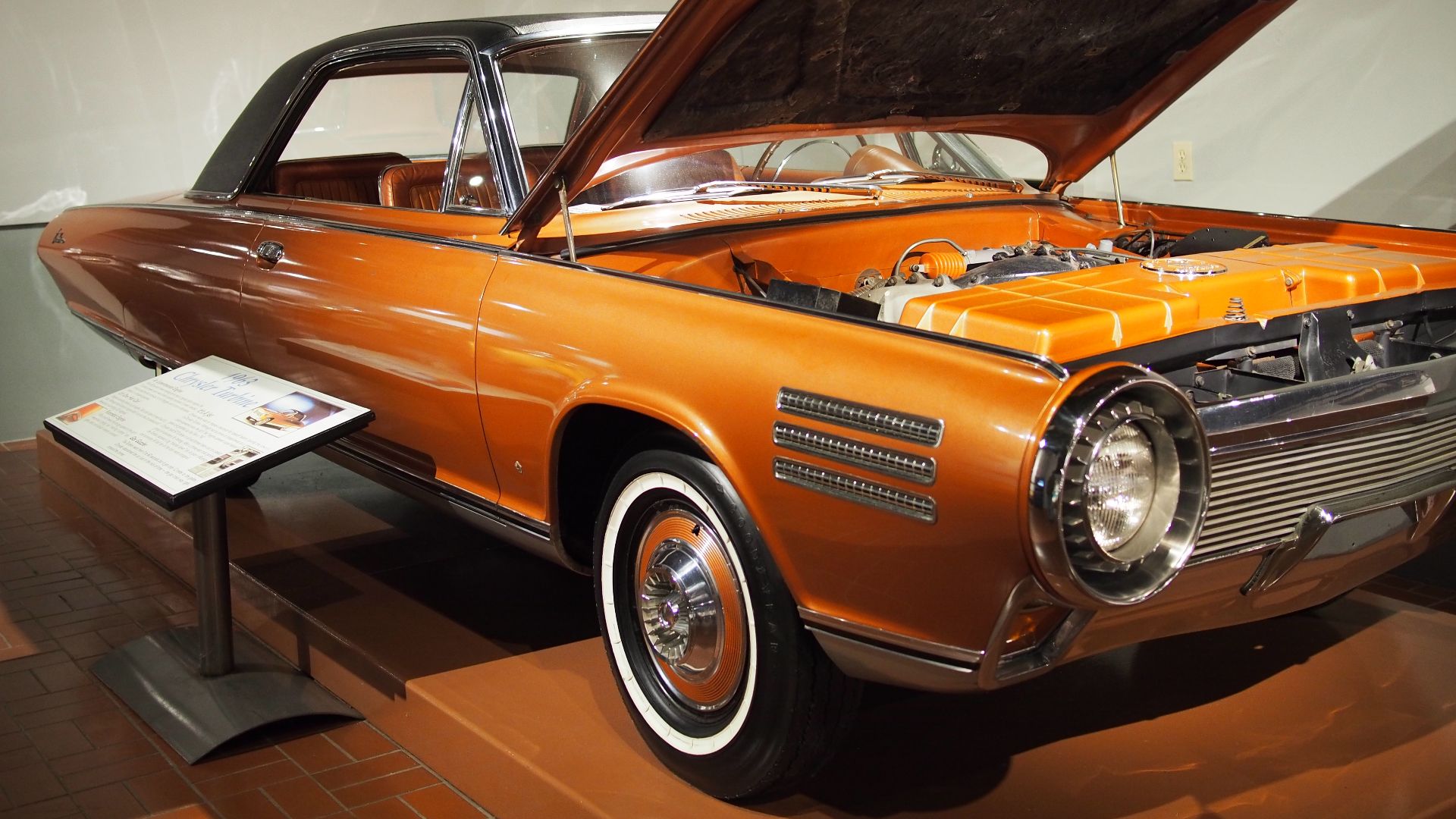 F. D. Richards https://www.flickr.com/people/50697352@N00/, Wikimedia Commons
F. D. Richards https://www.flickr.com/people/50697352@N00/, Wikimedia Commons
A Space-Age Engine With Fewer Moving Parts
The turbine engine contained fewer than sixty moving parts, a fraction of what a typical V8 required. With less mechanical chaos inside, the engine needed minimal lubrication, produced fewer failures, and ran with uncanny smoothness. This simplicity echoed NASA’s rocket-engineering philosophy: fewer parts meant fewer things to explode.
 Corvair Owner, Wikimedia Commons
Corvair Owner, Wikimedia Commons
Heat-Resistant Metals Lifted From Rocket Science
Because the turbine operated at temperatures soaring past 1,700°F, Chrysler relied on advanced alloys and ceramic coatings developed for rocket thrusters and high-temperature aerospace tests. Without these NASA-driven breakthroughs in metallurgy, the turbine blades would have warped, cracked, or simply evaporated under the intense heat.
The Turbine Sound: A Whistle Straight Off A Runway
Anyone hearing the Turbine Car for the first time remembers that rising, silky whooosh. There were no pistons firing, so the engine didn’t thump or shake—it simply spooled up like a small jet. Drivers joked that each morning commute started with an imaginary air-traffic controller clearing them for takeoff.
Runs On Nearly Anything—Even Perfume
One of the turbine’s wildest attributes was its ability to burn almost any fuel. Chrysler demonstrated that it could run on diesel, kerosene, gasoline, heating oil, jet fuel, tequila, peanut oil, and famously even Chanel No. 5 during a publicity stunt. The turbine’s combustion process was so forgiving that it barely cared what you poured into it.
 Michael Barera, Wikimedia Commons
Michael Barera, Wikimedia Commons
Smoother Than Any Luxury Sedan Of Its Time
Because the turbine didn’t vibrate or shudder like a piston engine, driving the car felt unbelievably refined. The power came on in a continuous wave, with none of the usual lumps or stumbles. Many drivers said it felt like gliding, decades before electric cars would earn the same compliments.
A Durable Engine Meant For Long Missions
The turbine engine was designed with durability in mind, borrowing concepts from long-running aerospace applications. Chrysler estimated it could operate for about 5,000 hours before major servicing—an impressive number for the era and far beyond the lifespan of many conventional engines at the time.
 Corvair Owner, Wikimedia Commons
Corvair Owner, Wikimedia Commons
The Exotic Bronze Body Built Like A Showpiece
The Turbine Cars were wrapped in a distinctive “Turbine Bronze” shell with crisp lines and afterburner-style taillights. The styling made the car look like it belonged in a retro-futuristic movie rather than a suburban driveway. Even parked, it looked eager to break orbit.
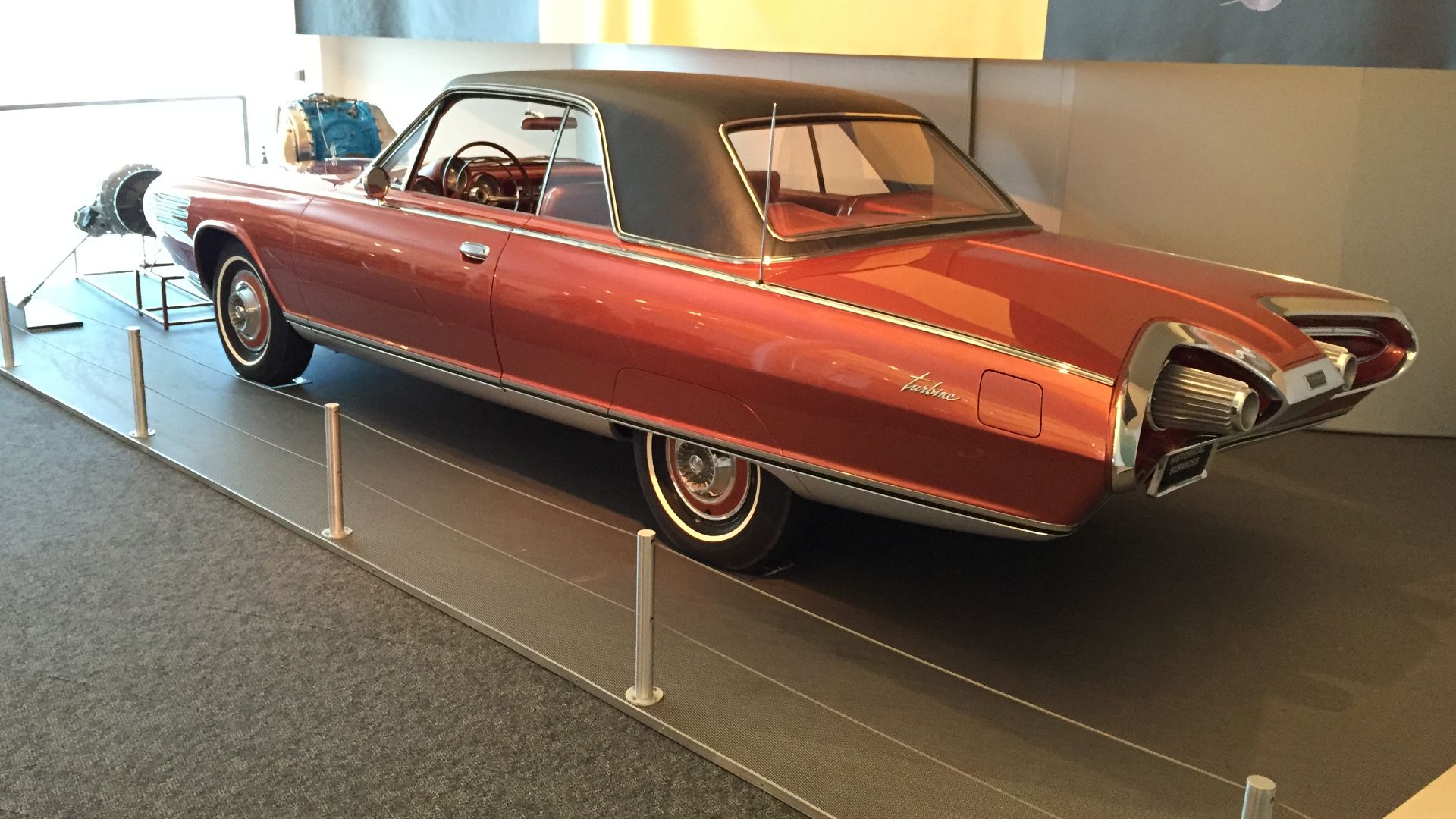 DRIVERofPONTIACS, Wikimedia Commons
DRIVERofPONTIACS, Wikimedia Commons
A Transmission Designed For Jet-Like Power
Because turbines produce power differently than piston engines, Chrysler designed a special TorqueFlite automatic transmission to handle the unusual torque curve. It compensated for the turbine’s slow low-end grunt and high-end thrust, making the car feel more natural to drive despite its unusual heart.
 Corvair Owner, Wikimedia Commons
Corvair Owner, Wikimedia Commons
Testing The Future With Real Families
Between 1963 and 1966, Chrysler loaned Turbine Cars to more than 200 American families. These testers used the cars for everyday life—grocery runs, work commutes, and summer road trips—while Chrysler collected data. For a short moment, these households essentially became unofficial astronauts of automotive technology.
The Pros: Drivers Loved The Smoothness
Testers repeatedly praised the car’s quietness, reliability, and silky operation. Many noted that long drives felt easier because there were no vibrations. Several families admitted they became attached to the car and dreaded handing it back.
The Cons: Heat, Lag, And Brutal Fuel Economy
The turbine wasn’t perfect. Drivers complained about noticeable throttle lag as the engine spooled up, as well as extremely hot exhaust that required careful parking. Fuel economy was mediocre at best, and the jet-like startup sound—though thrilling to some—startled more than a few neighbors.
 Corvair Owner, Wikimedia Commons
Corvair Owner, Wikimedia Commons
A Car That Was Practically Smog-Free
One of the turbine’s biggest surprises was how clean it ran. The combustion process produced remarkably low hydrocarbon and carbon-monoxide emissions. At a time when smog was choking many cities, the Turbine Car hinted at an automotive future with far fewer fumes.
The Insurance Problem No One Expected
The turbine’s fiery exhaust created unusual headaches for insurers. It could scorch pavement, melt plastic trash bins, or lightly char any unlucky shrubbery behind it. Chrysler even provided a handbook instructing families on where not to park, a problem no other automaker had to think about.
Why The Government Wasn’t Thrilled
Despite NASA’s enthusiasm for turbine tech, regulators didn’t know how to categorize or test it. The engines didn’t fit cleanly into emissions standards, and their thirst for fuel conflicted with growing efficiency concerns. Officials preferred that automakers improve traditional engines rather than reinvent the wheel—or the engine—completely.
 DRIVERofPONTIACS, Wikimedia Commons
DRIVERofPONTIACS, Wikimedia Commons
Why Chrysler Killed The Program
By 1966, Chrysler had invested millions in turbine development. But mass-producing such an exotic engine proved too expensive. The materials, machining, and testing were simply beyond what Detroit factories could scale affordably. Combined with shifting regulations and tight budgets, the turbine dream fizzled out.
The Heartbreaking Destruction Of 46 Cars
When the program ended, Chrysler faced heavy import taxes on the Italian-built bodies. To avoid massive fees, the company destroyed 46 of the 55 cars, an act that still stings enthusiasts today. Only nine survived, turning the remaining cars into priceless relics.
 Michael Barera, Wikimedia Commons
Michael Barera, Wikimedia Commons
The Survivors: Museum Stars Worldwide
The surviving Turbine Cars now sit in prestigious museums like The Henry Ford, the Petersen Automotive Museum, and the Smithsonian. A few remain in Chrysler’s private collection. Their rarity and backstory make them some of the most admired concept vehicles ever created.
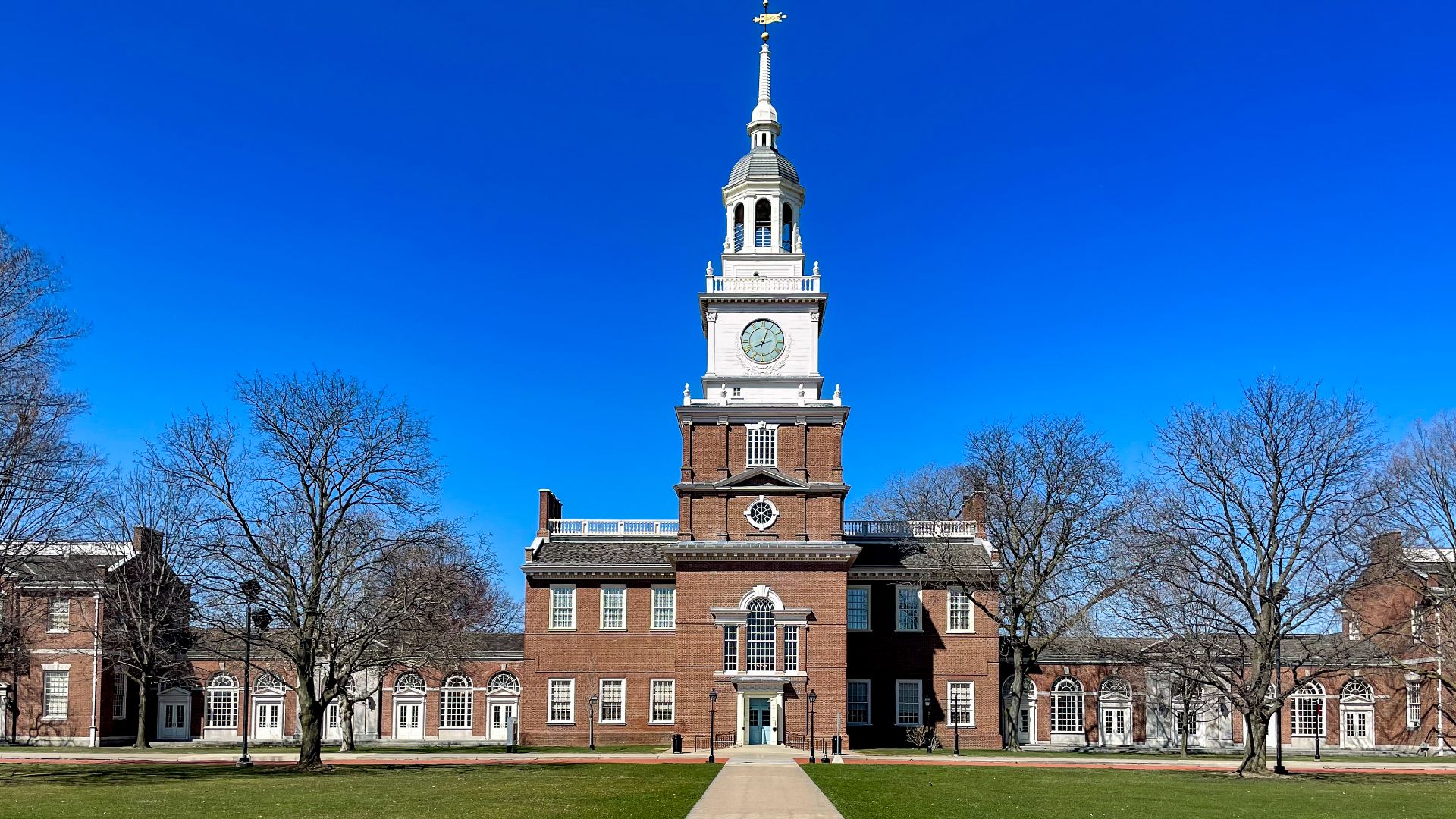 ajay_suresh, Wikimedia Commons
ajay_suresh, Wikimedia Commons
Jay Leno’s Driving Impressions
Jay Leno, one of the lucky owners of a functioning Turbine Car, describes driving it as “buttery smooth” and unlike anything else. He maintains it with help from retired Chrysler engineers, making him one of the few people alive who regularly pilots a turbine-powered street car.
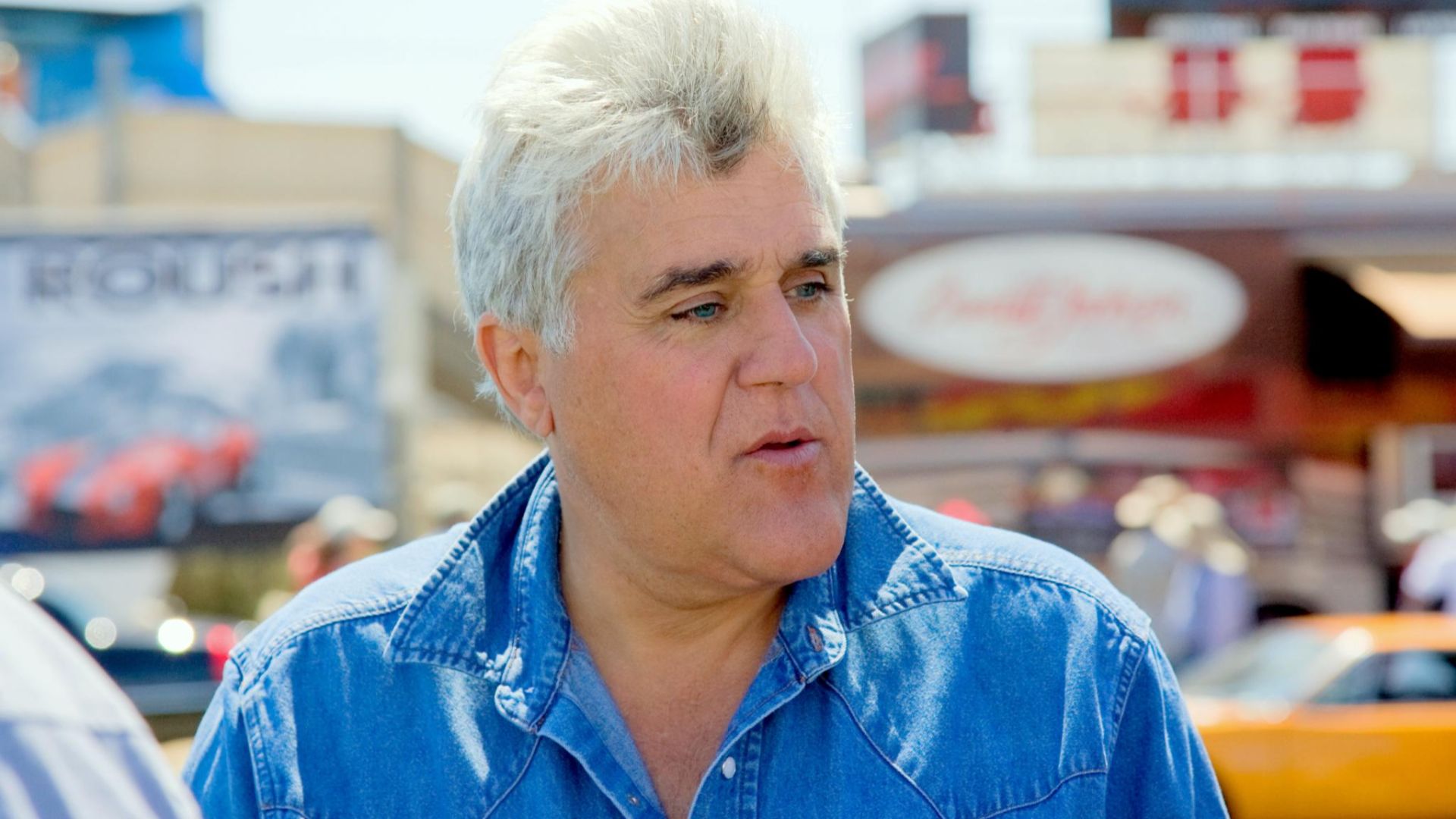 Michael Albov, Wikimedia Commons
Michael Albov, Wikimedia Commons
The Turbine Legacy In Modern Engineering
Even though it never reached production, the turbine program pushed forward advancements in ceramic coatings, aerospace metallurgy, and precision manufacturing. These innovations influenced later automotive developments and even inspired Chrysler to revisit turbine concepts in future experimental vehicles.
 Michael Barera, Wikimedia Commons
Michael Barera, Wikimedia Commons
Why Turbine Cars Might Return One Day
As electric vehicles grow more common, engineers have floated the idea of using turbines as ultra-efficient range extenders. Running at steady RPM, turbines could generate electricity cleanly and compactly, solving many of the issues that troubled the 1960s versions.
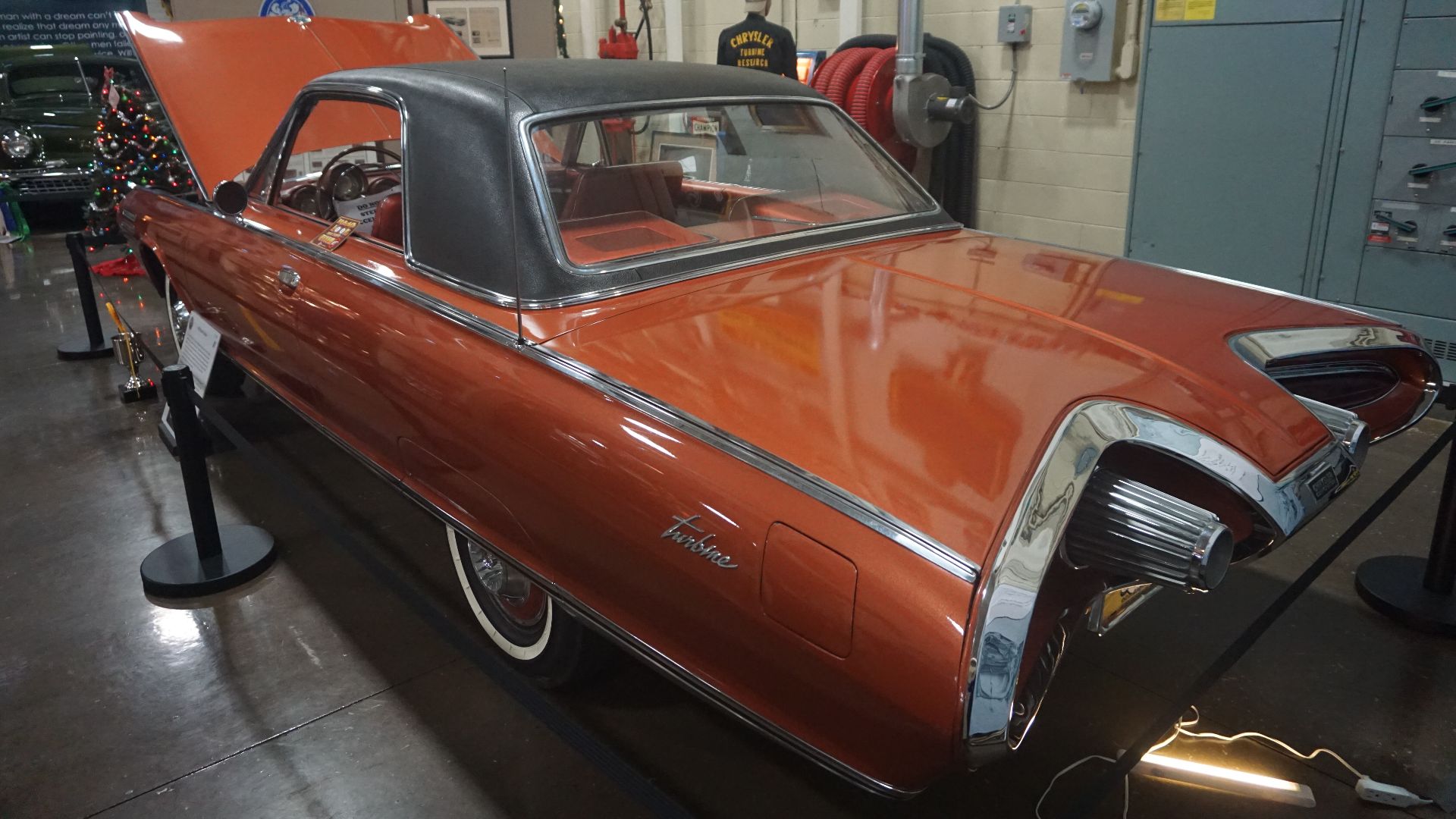 Michael Barera, Wikimedia Commons
Michael Barera, Wikimedia Commons
Pop Culture Stardom
Because the Turbine Car looked and sounded like something from a retro sci-fi comic, it continues to pop up in TV shows, illustrations, and futuristic fantasies. Its combination of aerospace drama and unfulfilled promise makes it an irresistible piece of Americana.
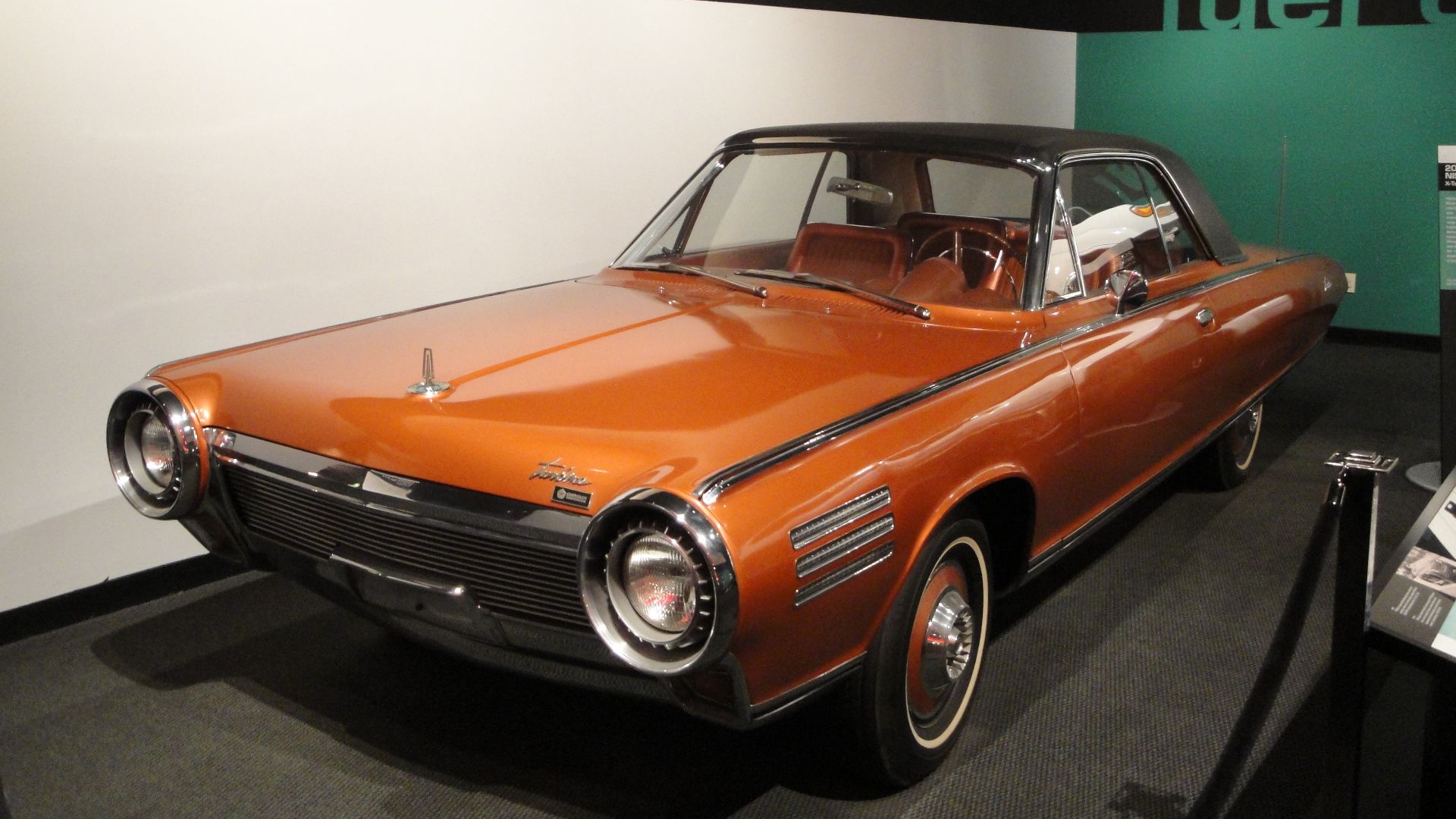 Greg Gjerdingen from Willmar, USA, Wikimedia Commons
Greg Gjerdingen from Willmar, USA, Wikimedia Commons
A NASA Experiment That Briefly Roamed Suburbia
The Chrysler Turbine Car remains one of the greatest “what if?” moments in automotive history. It combined NASA-inspired engineering, bold styling, and a willingness to try something genuinely radical. For a few short years, American families drove a car powered by jet-age imagination. Even though the dream faded, its legacy still inspires anyone who loves daring ideas and the roar—or rather, the whine—of innovation.
You May Also Like:
Every Driver Should Steal These Simple Tricks That Professional Car Detailers Use
The Harley-Davidson Logo's Meaning
It's Time To Shine A Light On The Nash-Healey: America's Forgotten Sports Car

